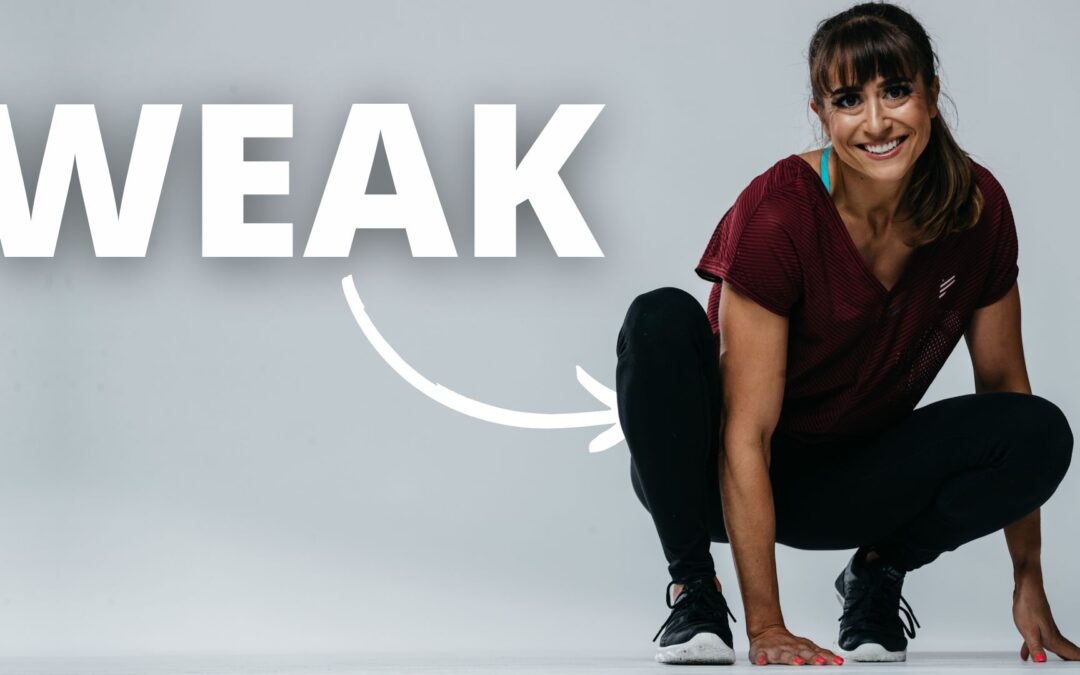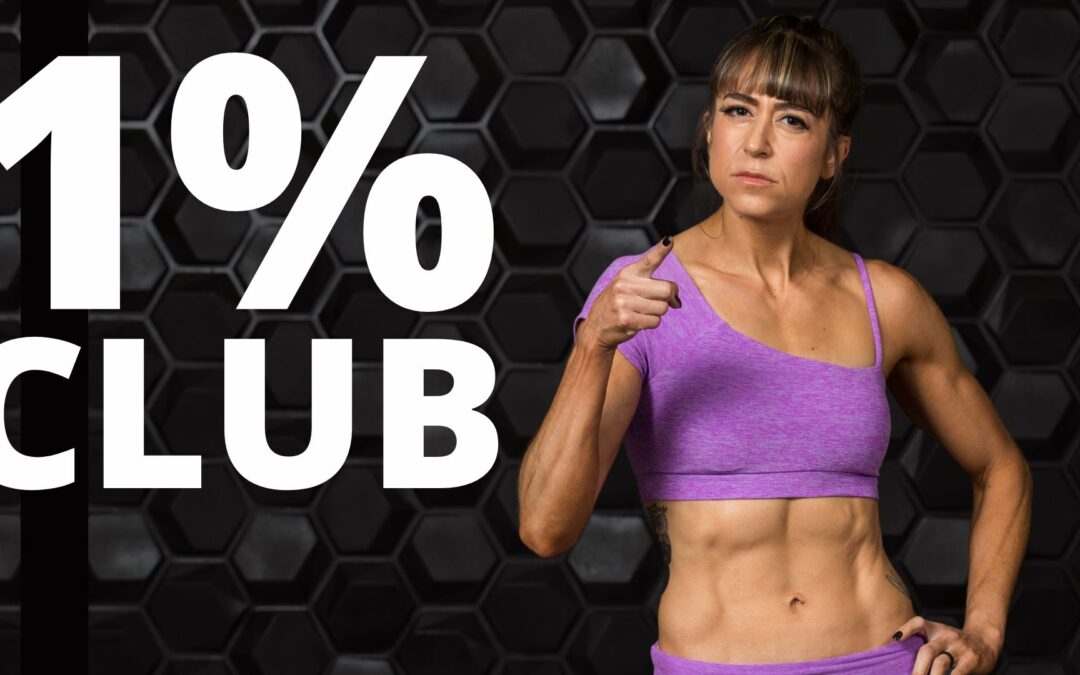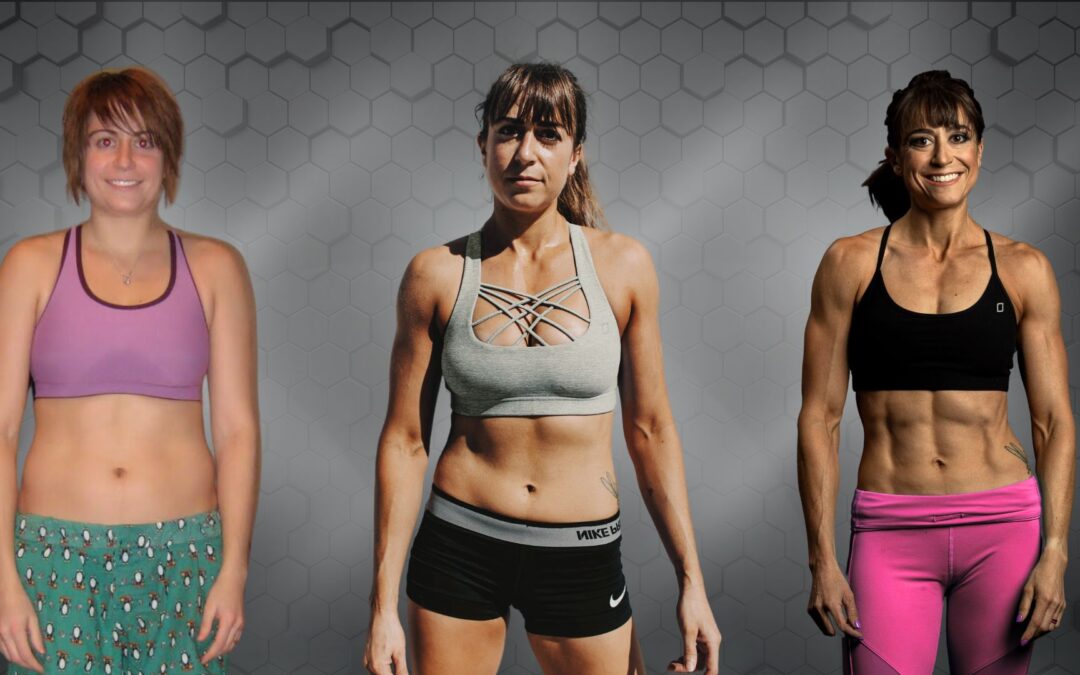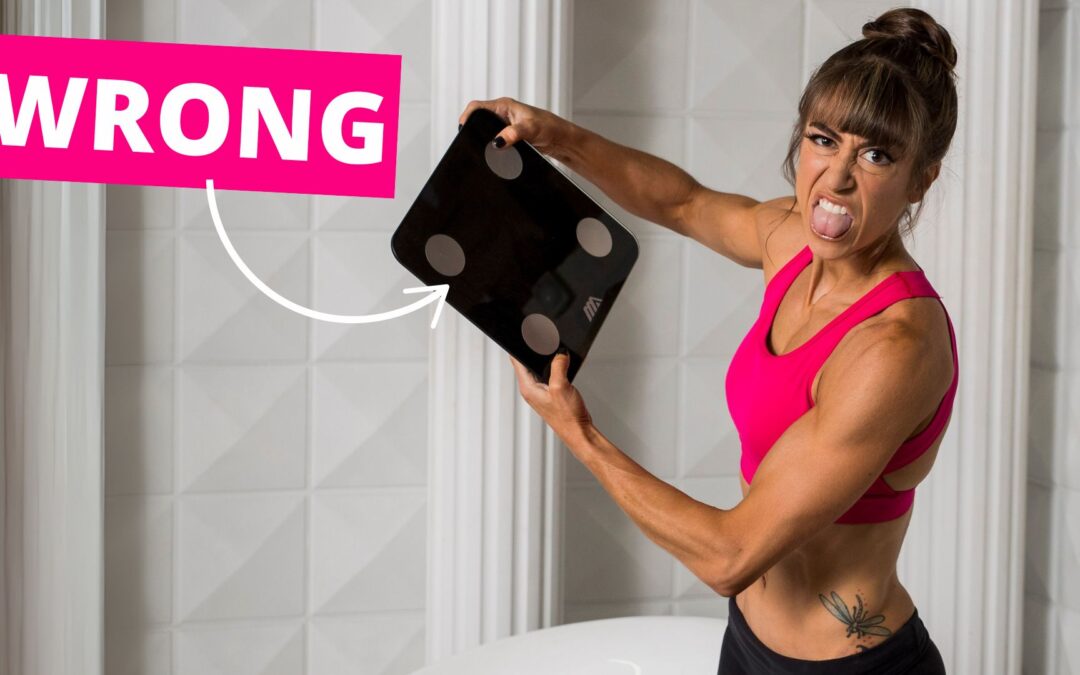
by Cori Lefkowith | Dec 3, 2024 | podcast
LISTEN HERE 7 WATCH HERE 7 TRANSCRIPT 7 OPEN TRANSCRIPT (00:00):Hey guys, this is Cori from Redefining Strength. Welcome to the Fitness Hacks Podcast. This is the show where I share all my free workout and nutrition tips. I’m not going to ever fill this episode...

by Cori Lefkowith | Dec 1, 2024 | Blog, Butt, Exercises, Functional Fitness, Pain Relief, Runner's
Stop ignoring this muscle… The Glute Medius. The thing is…we THINK we’re doing a ton of exercises to work this muscle and target it at times. But all too often we’re doing the “right” moves and compensating because of previous injuries and tight hip flexors from...

by Cori Lefkowith | Nov 27, 2024 | podcast
LISTEN HERE 7 WATCH HERE 7 TRANSCRIPT 7 OPEN TRANSCRIPT Speaker 1 (00:00):Hey guys, this is Cori from Redefining Strength. Welcome to the Fitness Hacks Podcast. This is the show where I share all my free work, workout, and nutrition tips. I’m not going to ever...

by Cori Lefkowith | Nov 24, 2024 | Blog, Diet, Exercises
To lose fat you don’t just do one thing the whole time. There are phases and cycles. Your diet and your workouts should EVOLVE. That’s why I want to go over 3 different phases you can cycle through during your fat loss journey to see amazing results that LAST and know...

by Cori Lefkowith | Nov 21, 2024 | podcast
LISTEN HERE 7 WATCH HERE 7 TRANSCRIPT 7 OPEN TRANSCRIPT (00:00):Hey guys, this is Cori from Redefining Strength. Welcome to the Fitness Hacks Podcast. This is the show where I share all my free work, workout, and nutrition tips. I’m not going to ever fill this...






